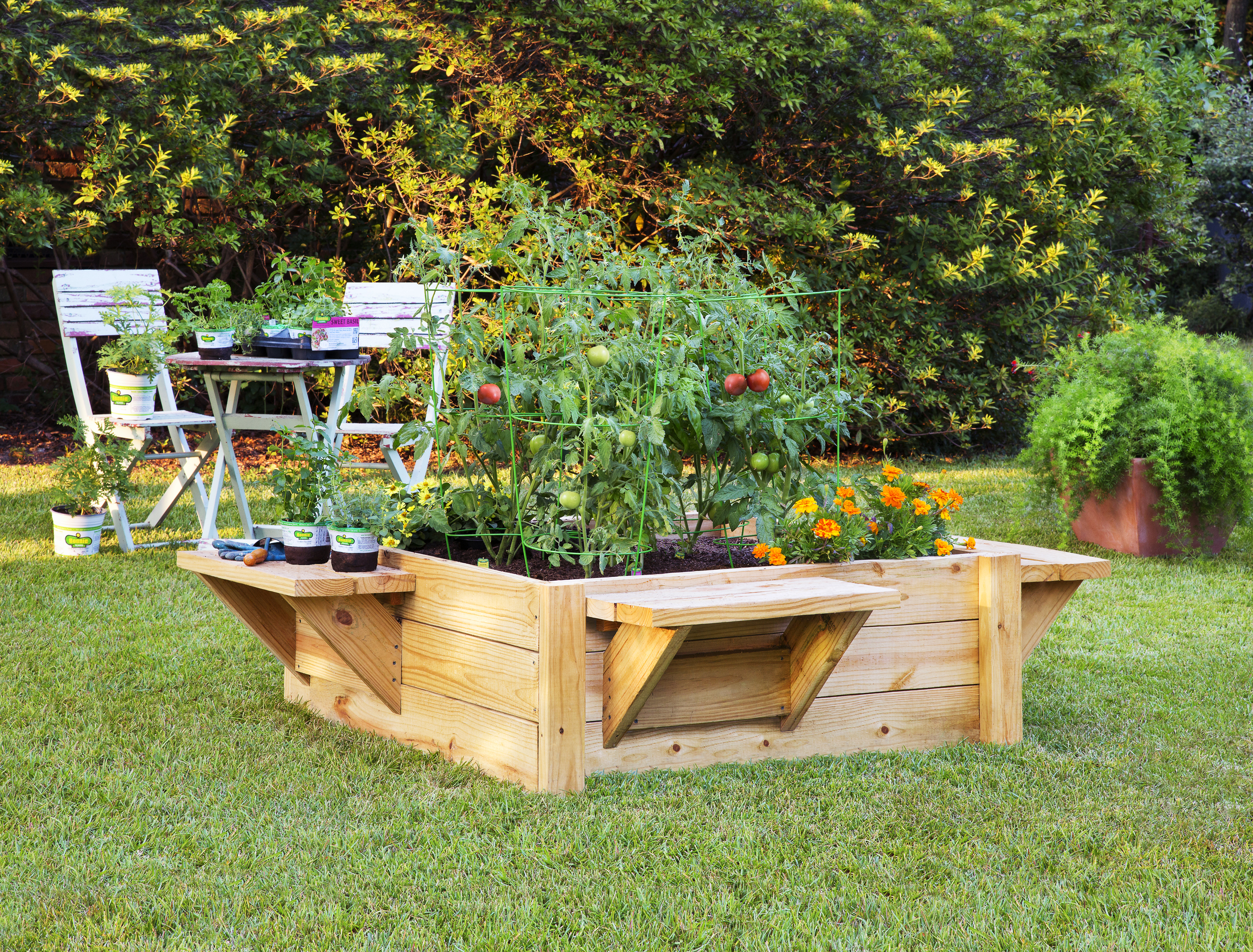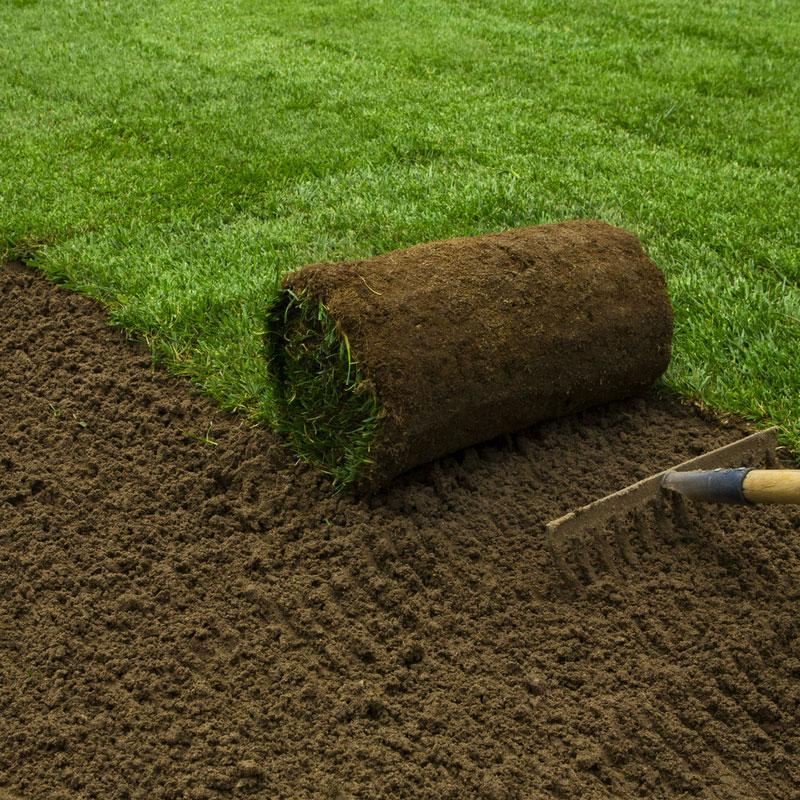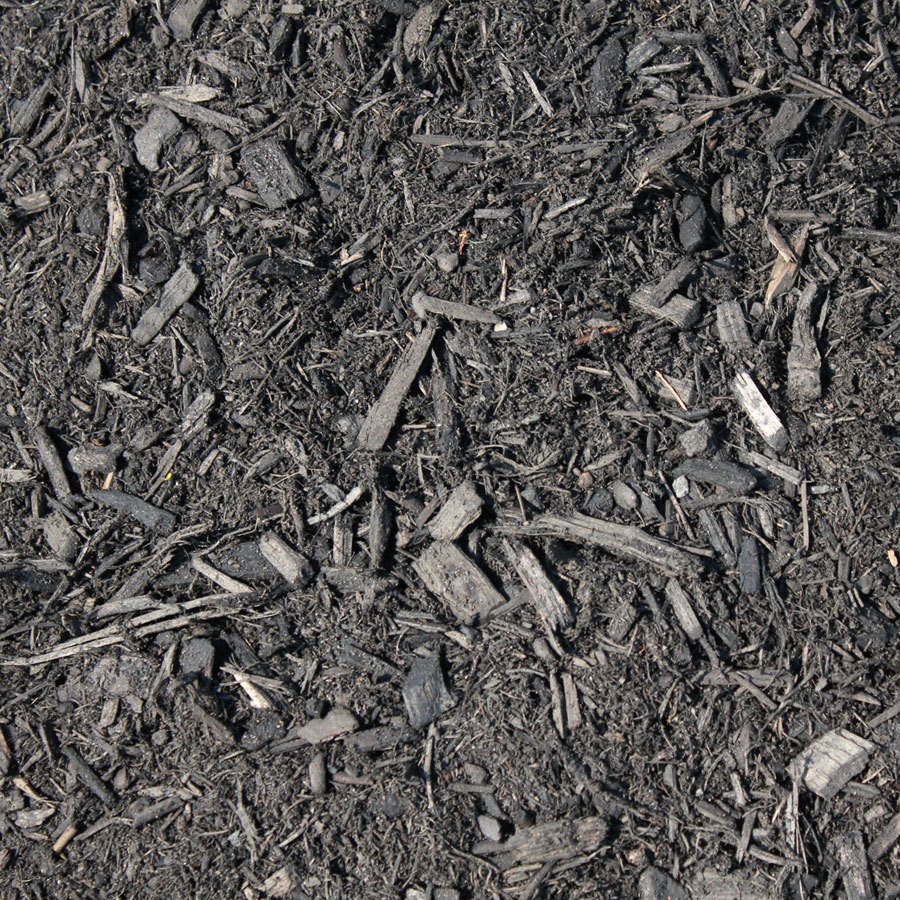
Benefits of Raised Bed Gardening

- The advantages of constructing a raised bed garden far outweigh the initial investment of time and money
- The soaring cost of many basic food items makes the idea or growing your own food appealing
- For some, homegrown vegetables simply taste better
Tips for Raised Bed Gardening
There are simple lessons to be learned before you can become a successful gardener. They are not complicated, for the most part and can be mastered with a little care and attention.
- Most gardeners find that raised beds are easier to maintain and promote better plant growth becuase gardens are not being walked in, which can cause problems with drainage and oxygen availabilty due to soil compaction
- With a raised bed, you can plant, weed more easily and harvest without ever walking on the soil
- Raised beds can be filled with high-quality soil, and it’s easy to add compost or other organic matter
- Long-rooted plants, such as carrots, do especially well in raised beds because there are no stones to hinder their development
- Plants in raised beds get more sun and air circulation and they can make better use of water
- Often times you can plant earlier and harvest later because raised beds warm up early in the spring and stay warm later in the fall
- Raised beds are ideal places to grow plants that can be invasive in a regular garden, such as mints or horseradish
- Ease and convenience is a benefit many gardeners appreciate the most, as raised bed gardening may put an end to back pain and sore knees from other types of gardening.

How to Build a Raised Garden Bed
1. To install a raised bed, first choose a sunny location and decide on the size and shape you want. Some gardeners till the soil before building raised beds, to provide additional room for root development.
2. Construct the frame with a nontoxic building material, such as stone, cinder blocks, bricks, untreated wood or fiberglass. Some garden centers and catalogs now offer raised bed frames that snap together and can easily be taken apart such as Frame It All.
3. Make sure the frame is between 12 and 16 inches high and is sturdy enough to hold together when filled with soil. If you use boards, they must be secured at the corners with metal braces or screws, or nailed to a reinforcing block of wood inside the corners if you nail into the ends of boards, they will split.
4. Fill the frame with a good-quality lightweight soil mix and add a generous amount of compost. Avoid using soil straight from the garden. It usually is too heavy and doesn't allow for proper drainage.
A well-constructed raised bed should last for years, and soil fertility can be maintained by adding organic matter. Raised beds have been used for centuries and with good reason; they're better for many plants and they're easier on gardeners.
.jpg)



